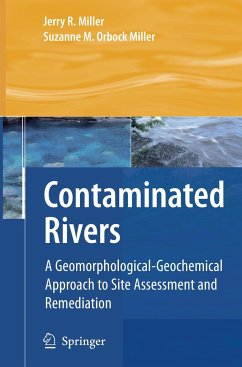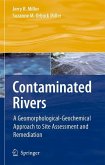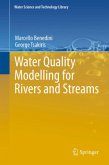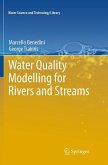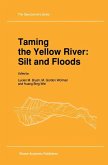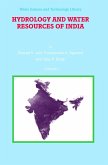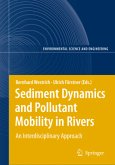By the end of the 1960s, it became acutely apparent that major problems existed with the quality of both surface and subsurface waters on a world-wide scale. In response to these discoveries numerous legislative initiatives were enacted in most developed countries to limit the introduction of contaminants to the environment. It quickly became apparent, however, that not only was there a need to reduce the quantity of contaminants introduced to surface and subsurface waters, but previously contaminated resources had to be remediated to reduce the potential risks on human and ecosystem health. Effective remediation proved to be a difficult task that required an improved understanding of the transport and fate of contaminants in aquatic environments. This fact resulted in a wide range of analyses regarding contaminant transport and cycling in riverine environments during the past several decades. Nonetheless, in comparison to the enormous efforts which have been made to characterize, assess, and remediate contaminated soils and groundwater, contaminated rivers have received relatively little attention. This is in spite of the fact that polluted reaches may cover tens of kilometers of stream channel and the adjacent valley floor. Progress, however, in the soils and groundwater arena has recently produced a shift in emphasis from the subsurface to the surface environment, particularly with regards to cleaning up contaminated rivers. Rivers and their associated drainage basins tend to be geological, hydrological, and geochemically more variable than either soil or groundwater systems.
"Until the publication of this particular book, environmental geochemists had little insight into river particulate transfers, and few river geomorphologists were taking the contamination of river deposits - which generally does not affect the morphological features - into consideration. Contaminated Rivers aims to fill this gap at a time when remediation of contaminated sites and the understanding of particulate contminants transfers are high on the environmental agenda."
Michel Meybeck, EOS vol. 89, no. 32, 2008
Michel Meybeck, EOS vol. 89, no. 32, 2008

